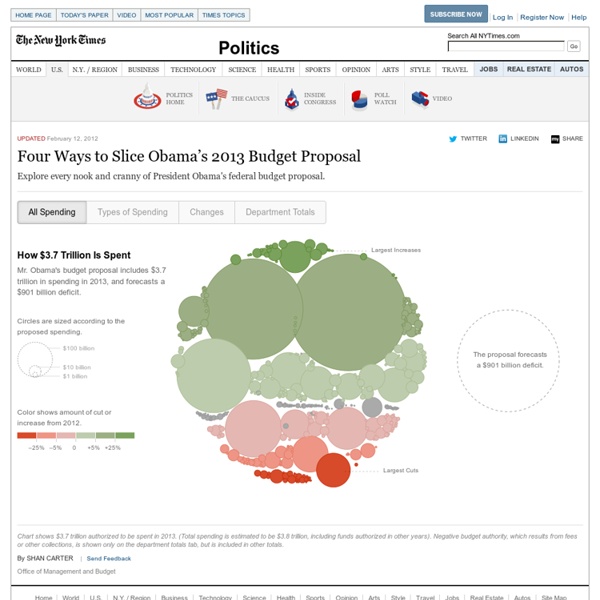



d3.js The Pirate Bay's Peter Sunde: It's evolution, stupid When I was 9 years old I got my first computer, an Amiga 500. It was the best computer ever built, with great graphics, amazing sound and seven times faster than the Commodore 64. One of my friends said that the Amiga was useless since you needed to boot it from floppies. Of course the C64 died while the Amiga flourished. Instead of looking at evolution as something inevitable, the industry has made it their business to refuse and/or sue change, by any necessary means. In the case of The Pirate Bay, it's been particularly obvious. Of course I would have preferred to win in the Supreme Court as personal vindication and to vacate my sentence. The Swedish prosecutor sent out a memo in 2006 saying that TPB wasn't guilty of "main" crimes -- at best it aids and abets (he also mentioned that the people running TPB were very clever). The minister (illegally) told the prosecutor what had happened which forced him to raid TPB -- only a few weeks after sending out that memo about how legal it was.
Reshaping New York - Interactive Feature Loading Celebrating the Waterfront New buildings constructed during Mr. Celebrating the Waterfront Mr. Brooklyn Bridge Park, 2006 Photo: Alex S. Brooklyn Bridge Park, 2013 Photo: Richard Perry/The New York Times Red Hook Container Terminal Sources: Heights of buildings built before 2010 from an analysis of lidar data by Professor Sean C. By Ford Fessenden, Tom Giratikanon, Josh Keller, Archie Tse, Tim Wallace, Derek Watkins, Jeremy White and Karen Yourish 20 Fresh JavaScript Data Visualization Libraries There are plenty of JavaScript libraries out there for rendering your otherwise plain and boring numerical data into beautiful, interactive, and informative visualizations. The beauty of using JavaScript for data visualization is that, if created correctly, your data will be highly accessible (usually via HTML tables). A long time ago (2008), I wrote about JavaScript solutions for graphing and charting data and this article revisits the topic with twenty more JavaScript libraries that you can use to bring your data to life. 1. Highcharts is one of the most promising JavaScript charting libraries to hit the scene recently, with its large array of features including seven charting types (line, pie, and bar among them), the ability to zoom in and out of charts, and tooltips for offering more information about data points. 2. gRaphaël gRaphaël is a charting library based on Raphaël, a vector graphics drawing JavaScript library. 3. 4. jQuery Visualize Plugin 5. moochart 6. 7. dygraphs 8. 9. 10.
Once Upon a Time (TV series) Once Upon a Time is an American fairy tale drama series that premiered on Sunday, October 23, 2011, on ABC. The show takes place in the fictional seaside town of Storybrooke, Maine, whose residents are actually characters from various fairy tales transported to the "real world" town and robbed of their real memories by a powerful curse. Episodes typically feature a primary storyline in Storybrooke, as well as a secondary storyline usually from another point in a character's life before the curse was enacted. A green-light for a spin-off series Once Upon a Time in Wonderland was also given by ABC, and consisted of 13 episodes. Episodes usually have one segment that details the characters' past lives, which when serialized, adds a piece to the puzzle about the characters and their connection to the events that preceded the curse and its consequences. ° Characters from the Enchanted Forest who have a real-world identity without ever having been captive to the Storybrooke curse
How Birth Year Influences Political Views Knowing how formative events are at different ages, along with the president’s approval rating, allows Mr. Ghitza and Mr. Gelman to estimate a group’s presidential voting tendencies over time, including during childhood. These preferences are not necessarily how the group voted, because they do not take into account short-term shifts, like Mr. Obama’s wide popularity in 2008. The model works best for white voters. Preferences of whites born in 1941 Here are the cumulative preferences for whites born in 1941.
Welkin What is this? Welkin is a graph-based RDF visualizer. What's New in Version 1.1 Works on Windows, Linux and MacOSX. Ok, how do I run it? The easiest way is to run Welkin thru Java WebStart. If the application doesn't start when you click the link above, you don't have Java WebStart installed in your machine. Cool, now what? Welkin visualizes RDF models. A word of warning: above 1000 nodes, real-time drawing performance degrades dramatically even on beefy machines. How can I learn more about it? The best way is to read the Welkin User Guide. Where do I download it? You can obtain Welkin in two different ways: In case you want to download the files from the repository (for example, if you want to have the latest and greatest development snapshot), you need to have a Subversion client installed. svn co welkin at the command line and the latest welkin distribution will appear in the "welkin" directory. Licensing and legal issues Credits
2012 Sexy Calendar